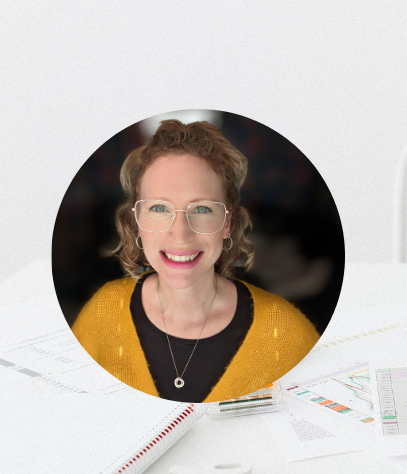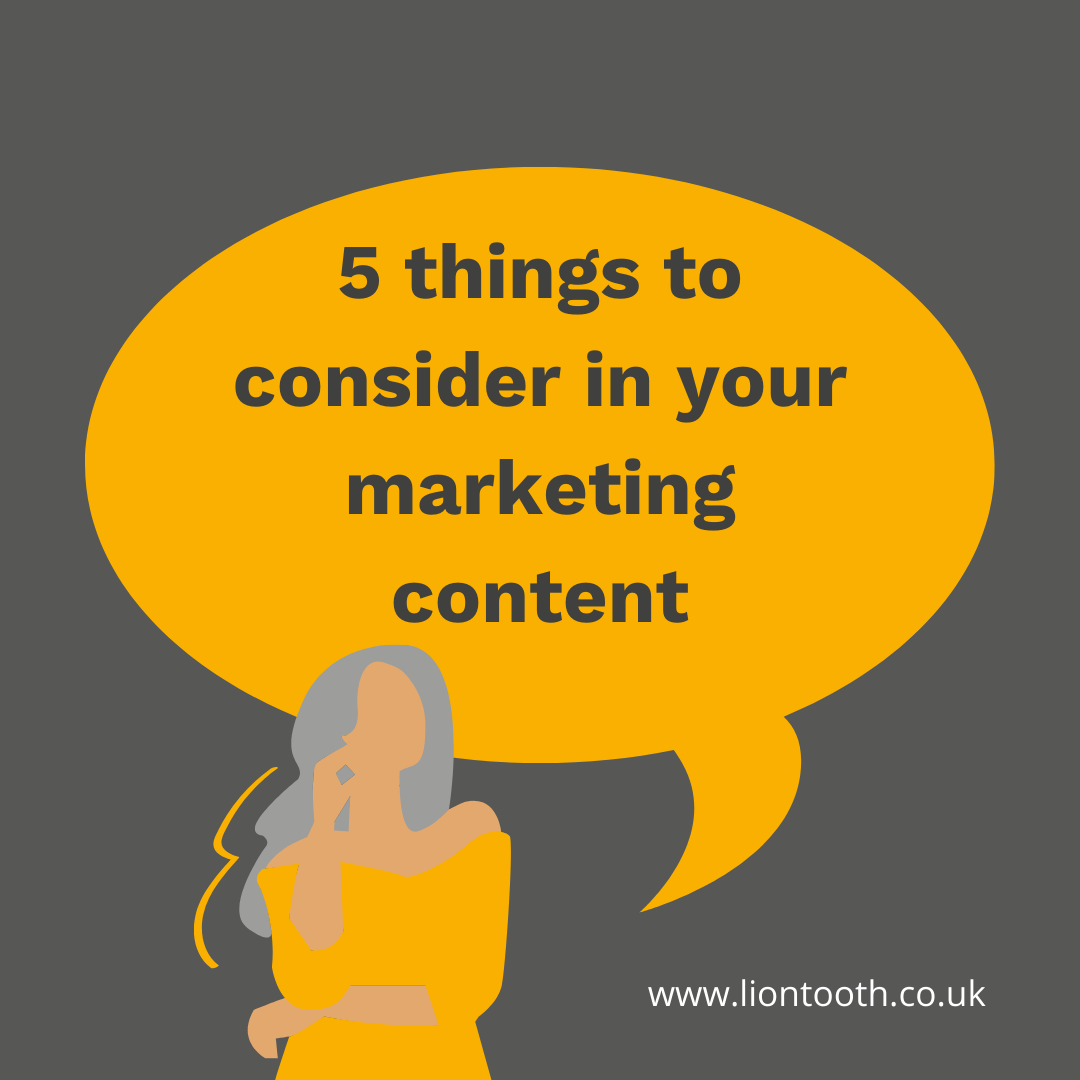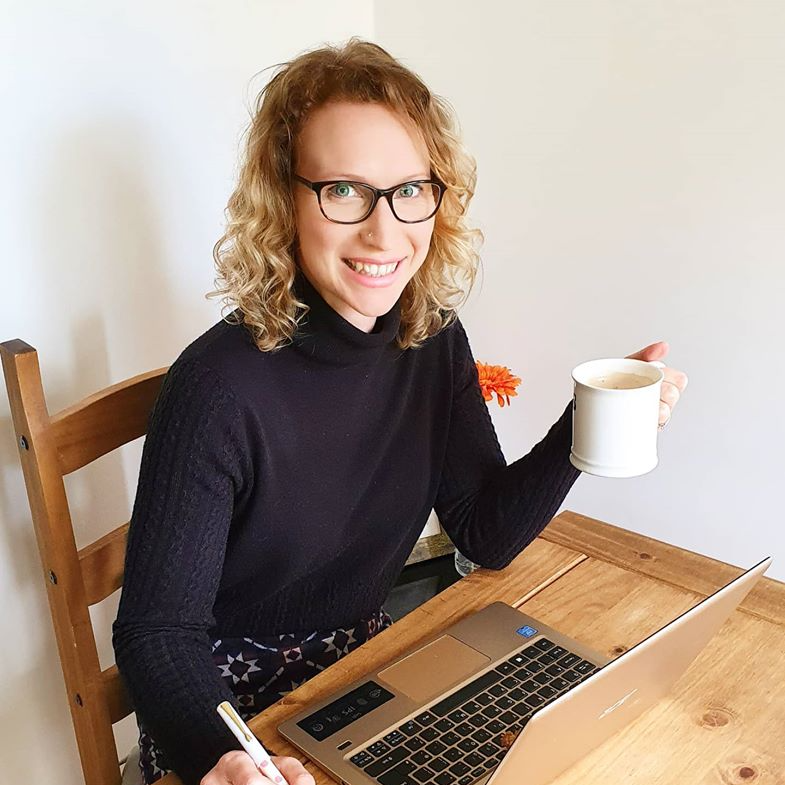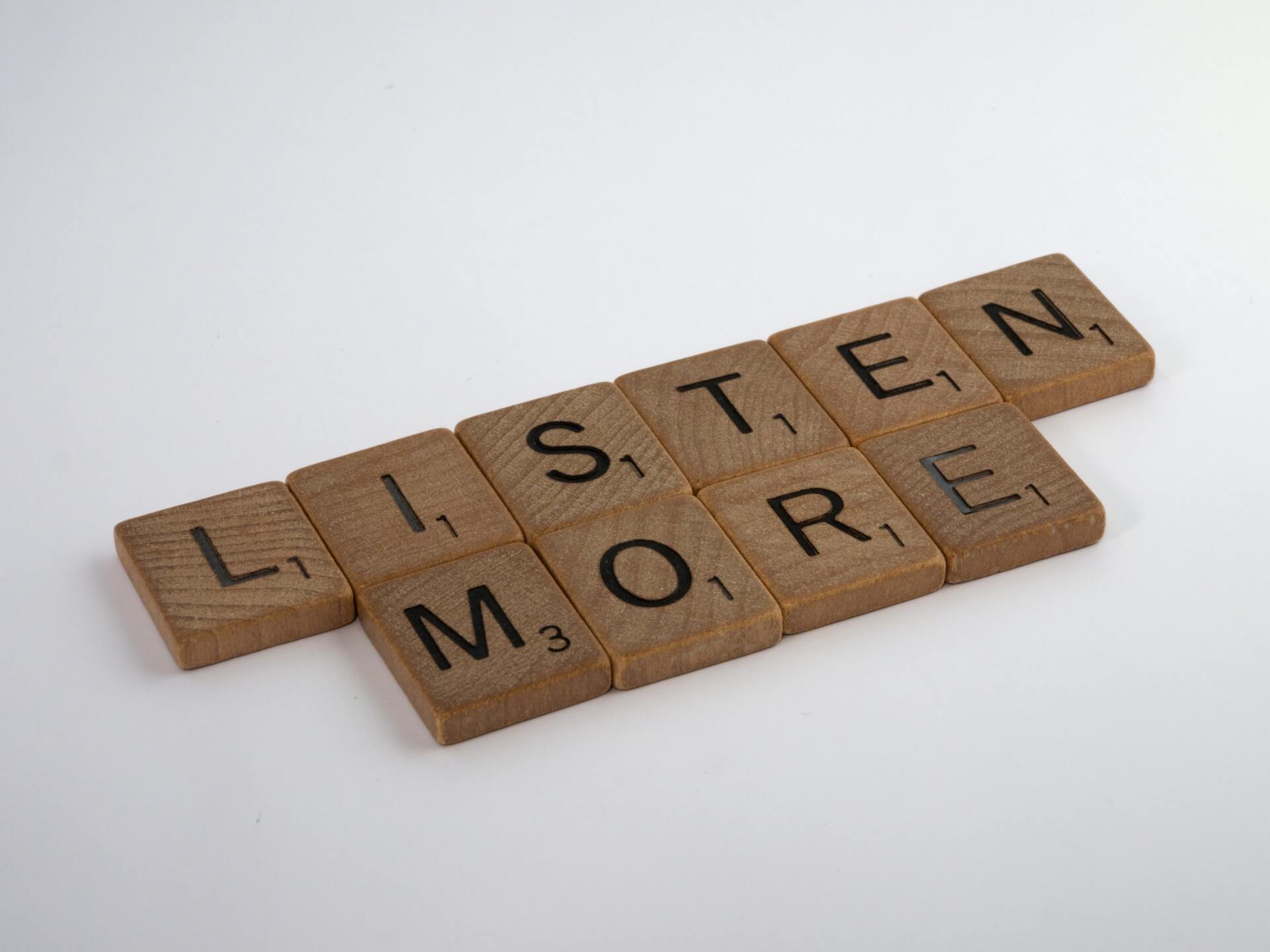How SMEs Can Market Effectively on a Limited Budget
- By Lisa Ellison
- •
- 22 Apr, 2025
- •
And how I can help!

The SME Marketing Dilemma
I know from first-hand experience how tight the marketing budget can be for any SME – I’m even more aware that often, there isn’t marketing budget at all! As the one tasked with generating engagement, inbound enquiries and even sales, it can feel like an impossible task.
Here is the good news though: it is possible to effectively market your business without spending a fortune, it just requires focusing on the right areas. If marketing isn’t your ‘thing’, it can be overwhelming trying to understand where to start.
I believe that there’s always a solution and I provide a problem-solving approach to marketing, working within your budge to find effective solutions, providing strategic support along the way.
1. Start with a Clear Strategy
You need to be clear on what your ultimate marketing goal is and work backwards from there to figure out how you can make that vision a reality. Without fully understanding what you’re aiming for, how can you possibly achieve it? This is what leads to poor ROI and wasted resources. If that happens, you’ll struggle to convince anyone that marketing is worth a designated budget in the future.
On a strategic level, I can help you by clearly defining your brand values, tone of voice and target audience, ensuring that all your marketing efforts are consistent and correctly positioned.
Once we have clarified who your target audience is, we can identify the right channels for you: the ones that will be most effective in reaching your target audience and achieving your goals. The scatter gun approach feels like blind panic – ‘I don’t know where to target so I’ll communicate everything, everywhere and hope for the best!’ This is a waste of time and energy and ultimately, ineffective.
“When you speak to everyone, you speak to no one” Meredith Hill.
I can create a plan for you that is easy to action and will yield results.
2. Make the Most of Organic Content
Organic content is a great budget-friendly solution and it holds great long-term value but consistency and quality have to be the focus. Make sure that you always have your goal in mind and your target audience –
Does this speak to them?
Does it appeal to them?
Does it make them want to take action?
The obvious places to start for organic content are blogs, social media and newsletters. There are some key things to consider when it comes to each of these:
Blogs:
- What are the key topics that your audience will want to read about?
- Who will write these for you?
- How will you promote them? There’s no value in having blogs if no one knows they’re there…
Social media:
- Which channels will be most effective in reaching your target audience?
- Consistency is essential for building an engaged audience.
- Engage with your target audience, industry leaders and relevant topics to raise your own profile and encourage engagement.
- Make sure that written and visual content is consistent with your brand.
Newsletters:
- GDPR is a huge factor here and needs to be considered when building your list.
- Consider length, design and value of each newsletter.
- Research the optimum frequency for your target audience.
If none of this is within your comfort zone, I can help by providing a content creation package that includes branded templates for your social media and newsletters, ideas for content and support with writing blogs.
I also offer a social media management service.
3. Make Your Brand Stand Out
In a world where we scroll through endless adverts, images and videos, it’s easy for your brand to get lost amongst the noise but it doesn’t have to be that way! Create something that leaves a lasting impression, with your audience thinking of your brand long after your post has passed.
Good design builds instant trust. If your brand looks professional, legitimate, consistent and considered, your audience will be more inclined to trust you from the outset and buy in to your messaging.
We offer affordable brand identity packages, covering everything from logo design to website builds and everything in between. Ask for more details on how this simple and affordable solution could take the pressure off and leave you feeling confident as you move forward with your marketing journey.
4. Reuse, Repurpose, Repeat
Sometimes the best solutions are the most obvious, sitting right under your nose but you can’t see it because your focus is elsewhere on the business. One quick and easy win is to reuse and repurpose your content across platforms. This is smart marketing, saving your time and resources by reiterating your key messages across platforms. For example, one blog post can become 5 LinkedIn posts, an email and an infographic!
I can help you by outlining key topics to cover with your blog posts over a period of a year, with a basic structure and clear outline for use across social media, email and visuals.
5. Measure What Matters
Make sure that you’re measuring the success of your channels, platforms and messaging.
- What forms of content are getting engagement?
- Which channels are driving traffic to your website?
- Which messages are driving enquiries?
Data should drive your decision making and with so many free tools available, the only real resource required is time. Don’t waste time getting lost in the abundance of metrics available, focus on engagement, conversions and lead sources.
I provide my clients with monthly reports to demonstrate which strategies are proving most effective, to drive and shape future marketing and to help with decision making and budget allocation.
Let’s Grow Your Business Without the Overwhelm
You don’t need a huge budget to successfully market your business, so much of this can be done in-house but time is often a huge factor. Time is money and no one knows that better than a small business owner.
Why not book a discovery call to see how I can help you, within your budget?
Email me on lisa.ellison@liontooth.co.uk or call 07590907043.
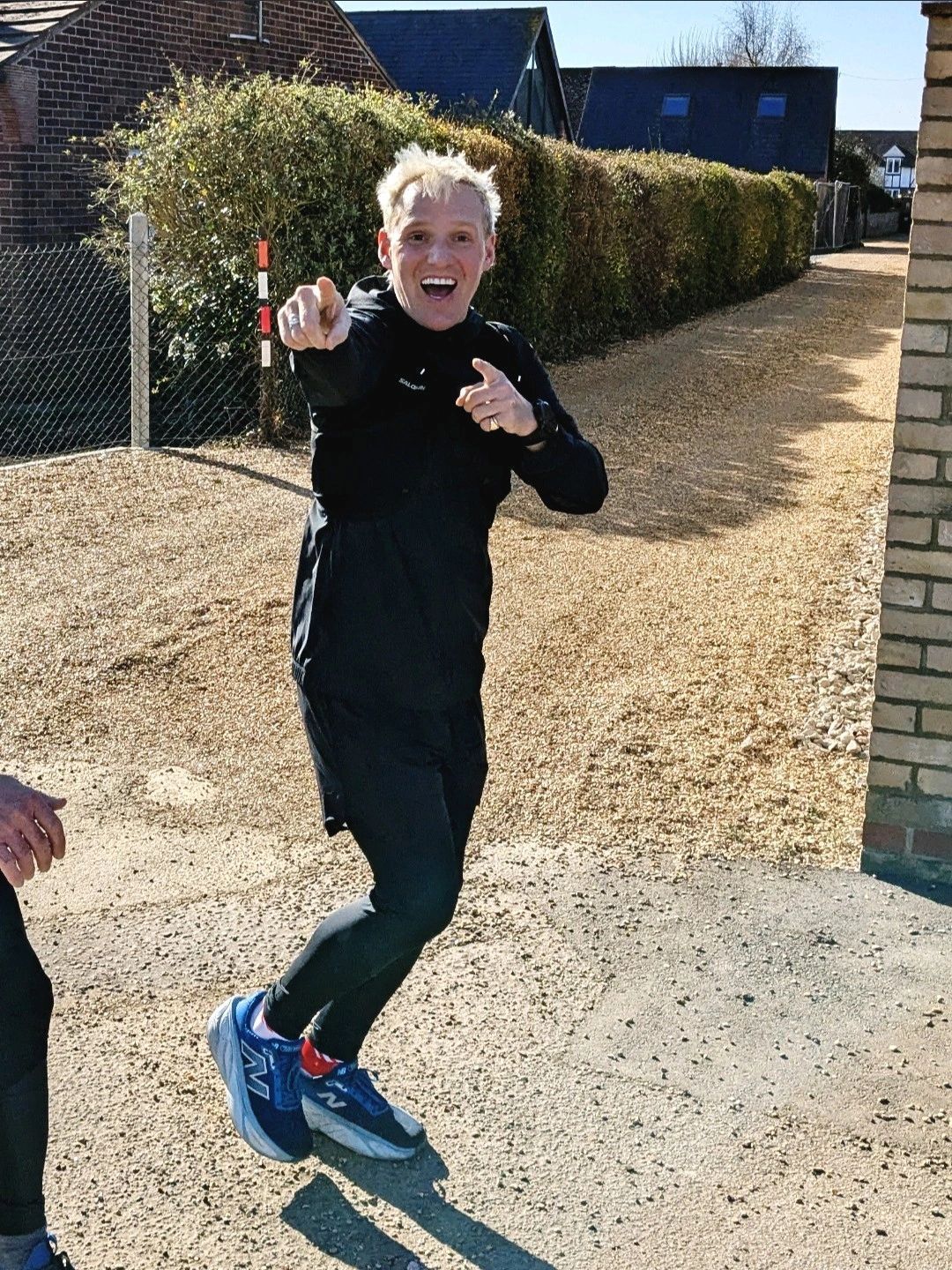
Jamie Laing - before you roll your eyes and scroll on, hear me out. (I know, the photo gave away my cliff hanger!) You may have been one of the 50,000+ people that saw my LinkedIn post last week, very much a throw away passing comment, essentially, to say I drove past Jamie Laing on my way home from the school run whilst he was on his fundraising mission for Children In Need.
I followed the story closely last week, quite hooked on his progress and whether or not he would make it. I'm not a celebrity-obsessed person and I rarely engage with anything celebrities do but last week was different and I'm sure I'm not the only one. I believe that many people didn't know he was even embarking on that challenge until last week - I didn't and I listen to Radio 1 daily! I also believe there's a lot of people that either don't know who Jamie Laing is or do know and don't particularly like him - we can't please everyone!
So, what was it about his fundraising effort that gripped the nation and led to him raising over £2m?! It's all about the story. And *this* is a great example of marketing done well - with an emphasis on storytelling and humanising your brand. His fundraising effort, backed by BBC Radio 1 coverage, provides a perfect case study on the power of storytelling in marketing. His journey emphasised his struggle, determination, vulnerability and honesty and that played a pivotal role in engaging the public emotionally and driving donations. If his personal narrative hadn’t been shared so openly, it’s unlikely that such a significant amount would have been raised.
This is something I've also experienced in fundraising efforts that I've been involved in and it makes all the difference but it takes strength to be vulnerable, and I'll always admire those who found the strength to tell their story (you know who you are 💛).
Here's what we can learn about the value of storytelling in marketing:
Emotional connection drives action : Jamie's story wasn't just about asking for donations; it was about sharing his personal experience and struggles throughout last week. People are more likely to connect with a cause when they can empathise with the storyteller. In marketing, emotional engagement creates a bond between the audience and the brand, making them more likely to engage.
Vulnerability builds trust : By being honest and vulnerable about his efforts and the challenges he faced, Jamie Laing built trust with the Radio 1 listeners. Vulnerability *humanises* a brand. In marketing, being transparent and acknowledging (and addressing!) flaws can enhance credibility and build a stronger, more authentic relationship with consumers.
Narrative creates value : Jamie Laing didn’t just promote an event, he shared a compelling and authentic story about his commitment. In marketing, your story can be the difference between blending in and standing out. Crafting a narrative around your brand or product creates meaning, making it more likely to stick in the minds of consumers.
Great - now how can you implement this in your marketing?
If you have ever worked with me, you'll have heard me going on about the importance of authenticity. This applies to everything from branding to customer service. If a brand is transparent about its processes, challenges and goals, customers are more likely to engage and support it.
Emotion drives engagement - whether it’s a product, service or cause, storytelling can create an emotional connection that compels action.
Consistent storytelling over time, where customers can see growth and commitment, helps keep them invested.
So basically, Jamie Laing’s Children In Need campaign demonstrated that storytelling - driven by vulnerability, determination and honesty, was the key to the level of success in his fundraising last week.
For marketers, it highlights that connecting with people on an emotional level, telling authentic stories and leveraging the right platforms can make all the difference in achieving success.
It can feel difficult to build emotion into corporate marketing but there's ALWAYS room to be human.
Does your brand feel a bit fuzzy? Let’s fix that.
The Define & Align Workshopis designed to bring clarity, structure and purpose to your brand- fast.
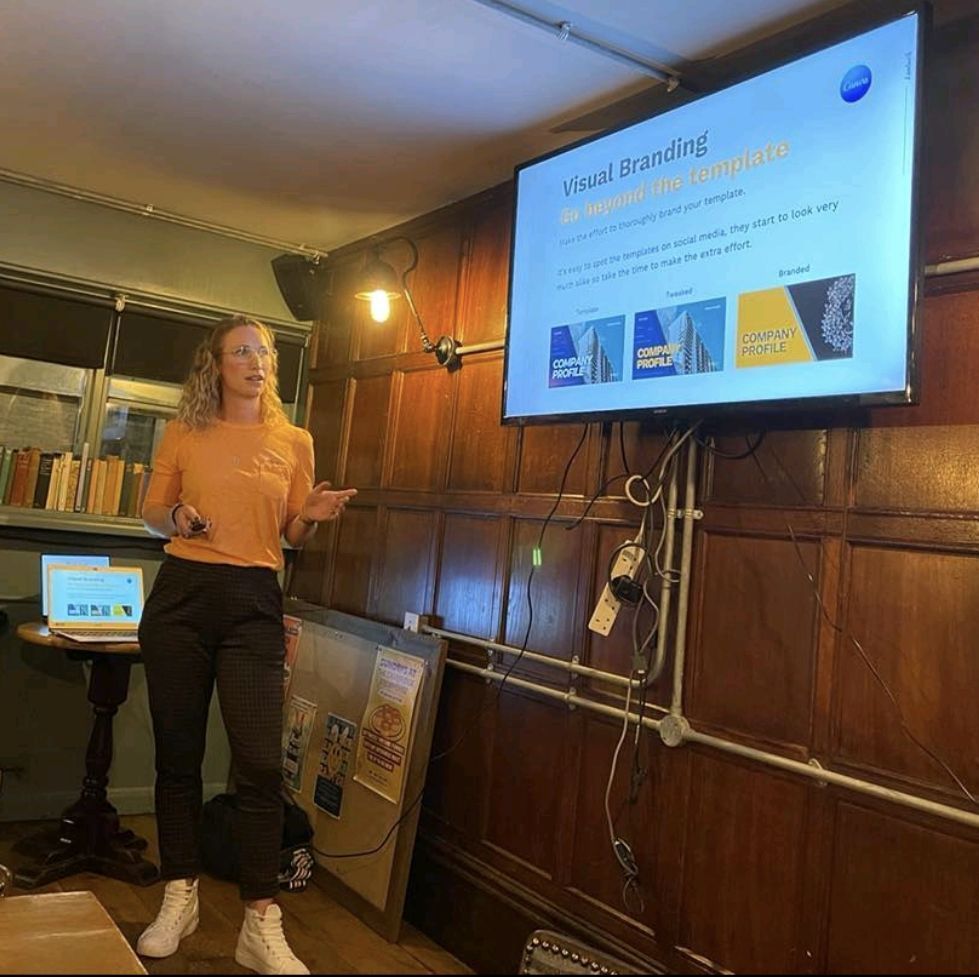
Sometimes I'll get a message to my inbox referencing my marketing agency
👀 God no! I'm
not an agency! No
. Sorry, no.
I'm a 1.5-person band. (The other half is my husband who's a silent partner, providing the incredible design skills). I don't want to be thought of as a marketing agency. For me it has connotations of frustration, waiting, chasing, and to be fair, more often than not incredible results but still.
I'm a no-nonsense , to the point communicator .
I like to be efficient and get stuff done and that includes getting results for my clients . I like the fact I'm basically flying solo with this, it's easy. It's straightforward. It's DONE.
Let me give you context and insight...
I have experience with agencies from BOTH sides - I've been the client AND the service provider. Honestly, I had challenges with both. See if anything sounds familiar:
From a client perspective , my biggest frustrations were always...
- The huge bill. Sorry guys, I always found it eye watering even though I wasn't paying!
- Not being able to get hold of my point of contact and waiting whilst others frantically ran around trying to get answers for me.
- I felt bad for (and frustrated about) the person playing piggy in the middle. I couldn't speak to Studio to get answers or explanations about design issues/challenges/restrictions. Information was often lost in transit.
As the service provider , (for me) these were my biggest frustrations...
- There too many systems and processes that got in the way of me just getting on and providing the level of service I wanted to.
- Too many other cogs in the wheel slowing down the process.
- Too many hoops to jump through and restrictions.
